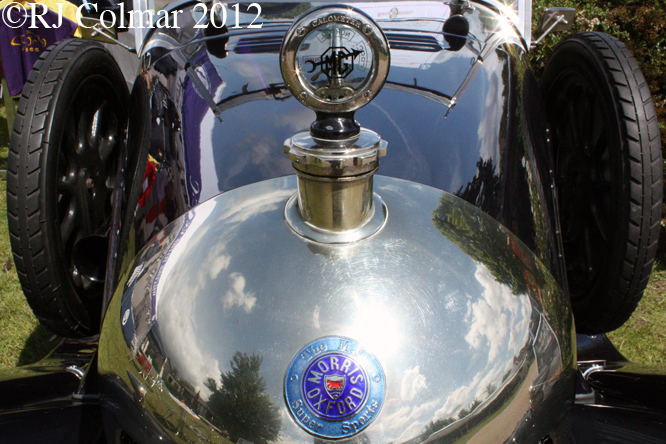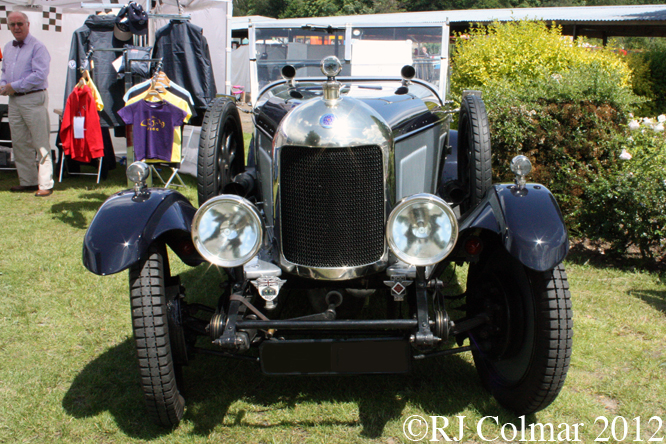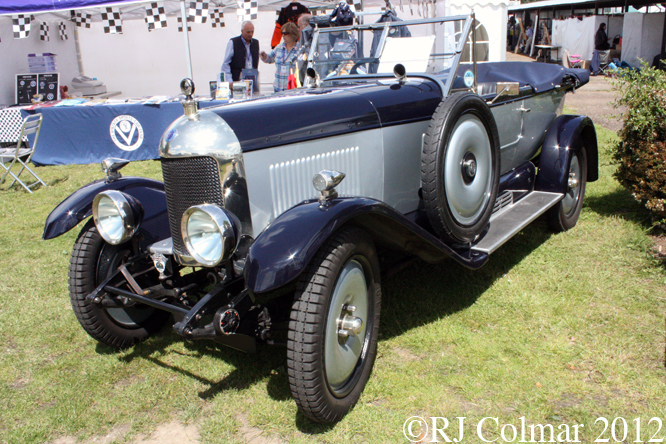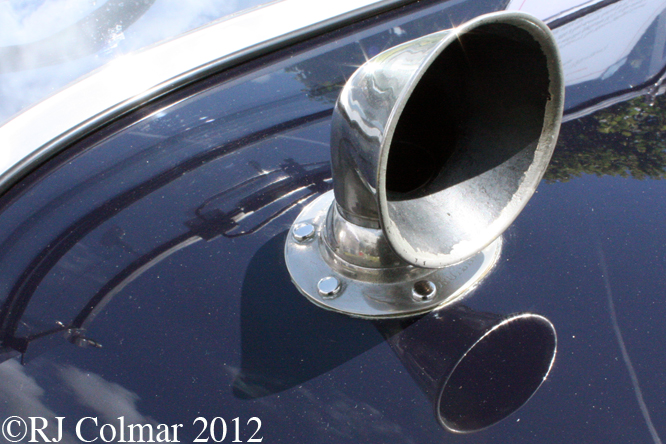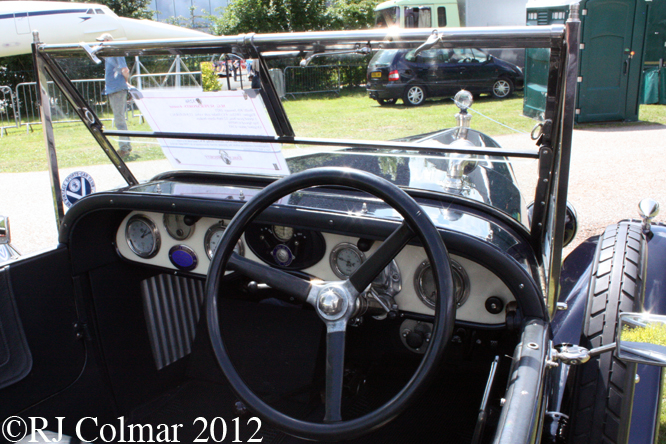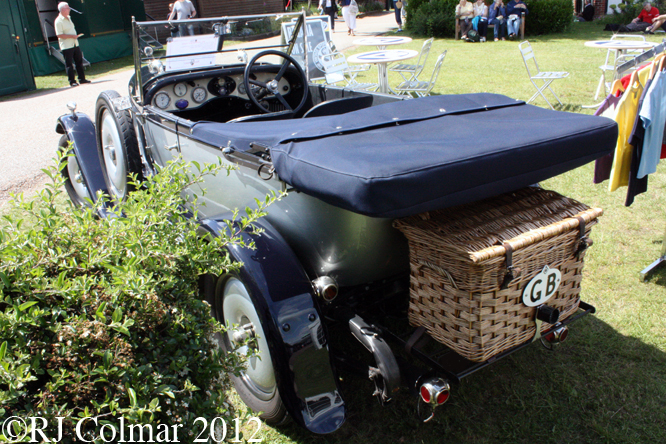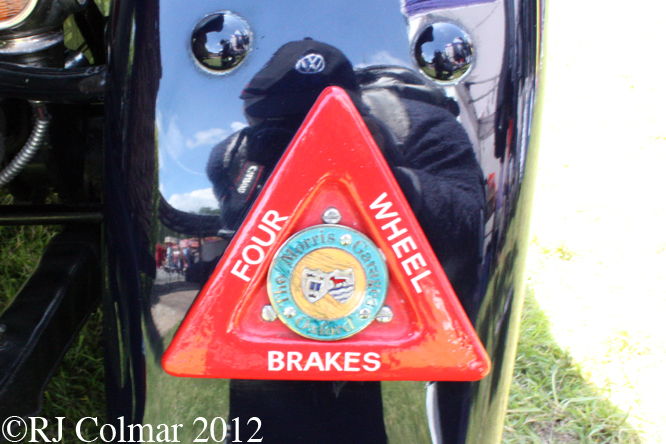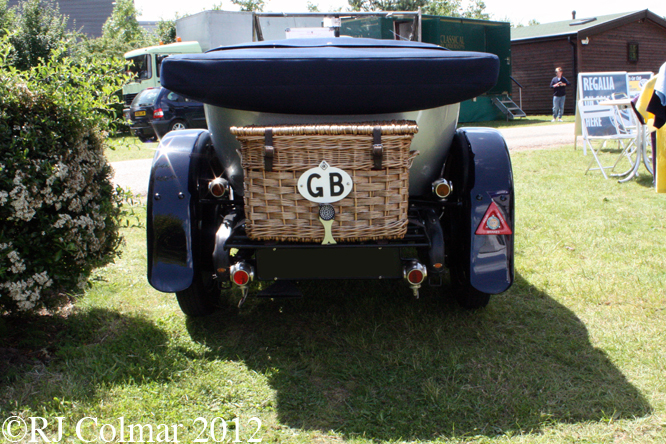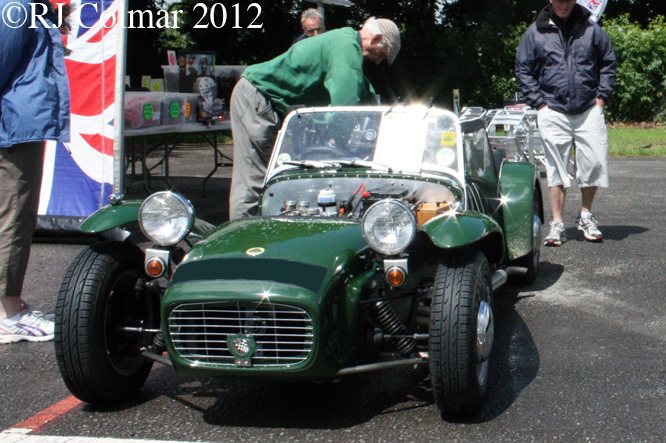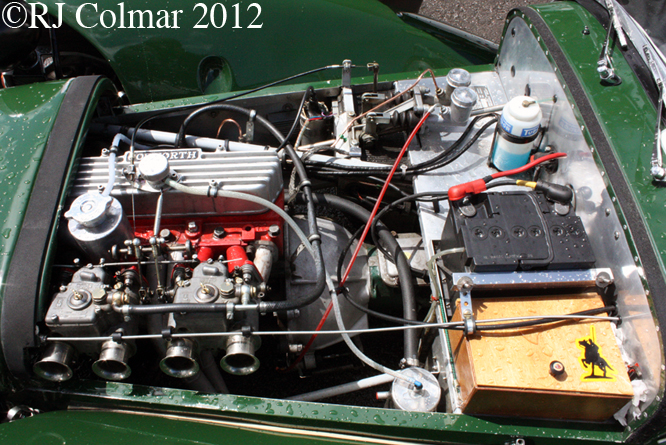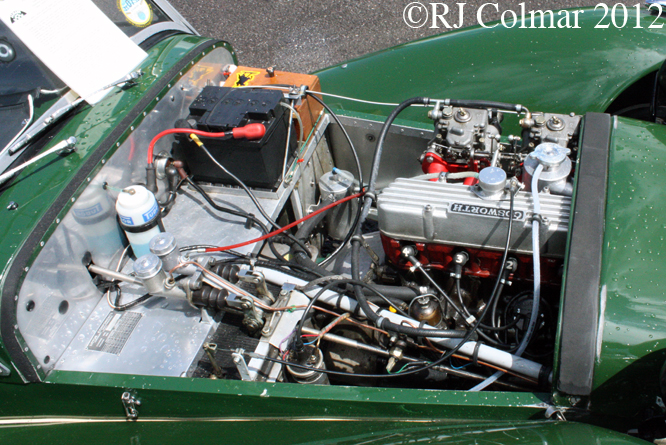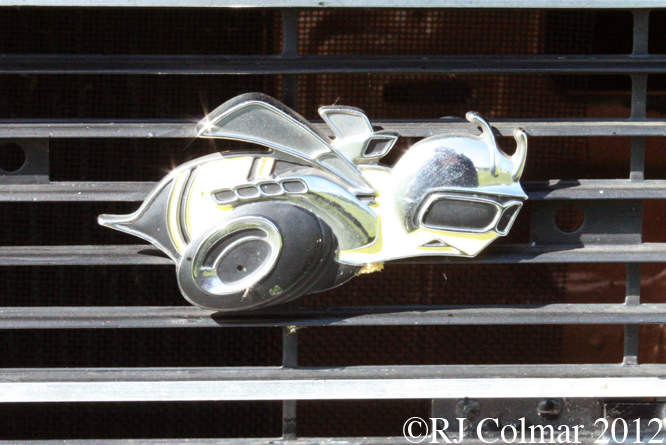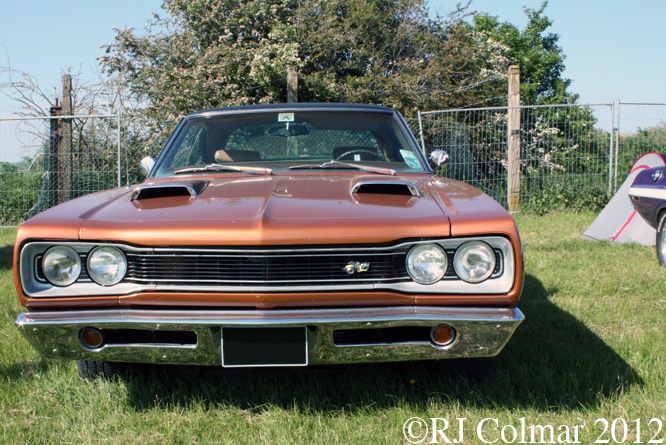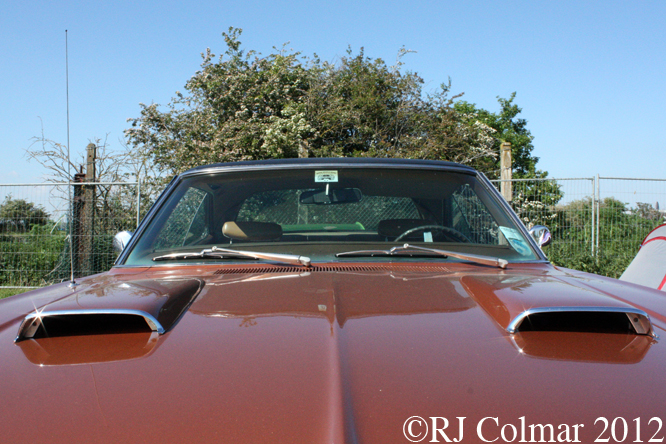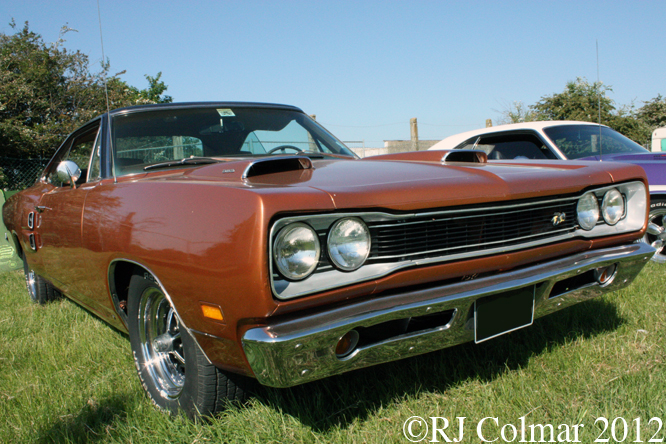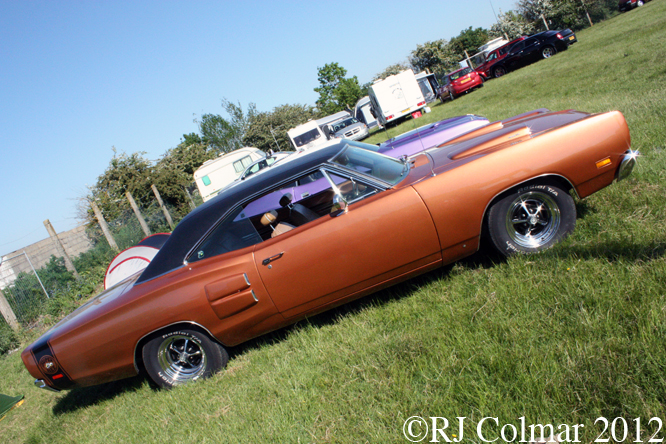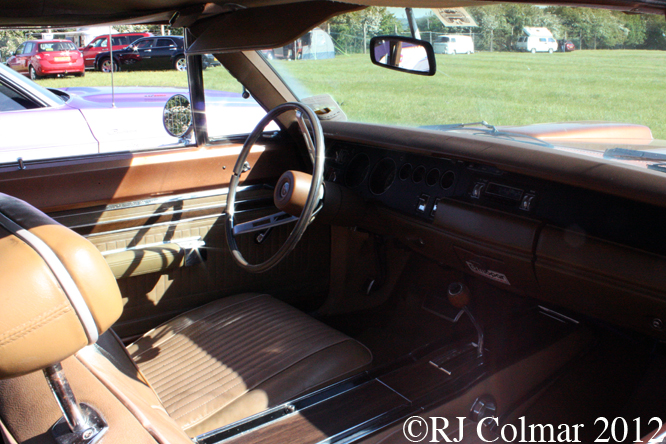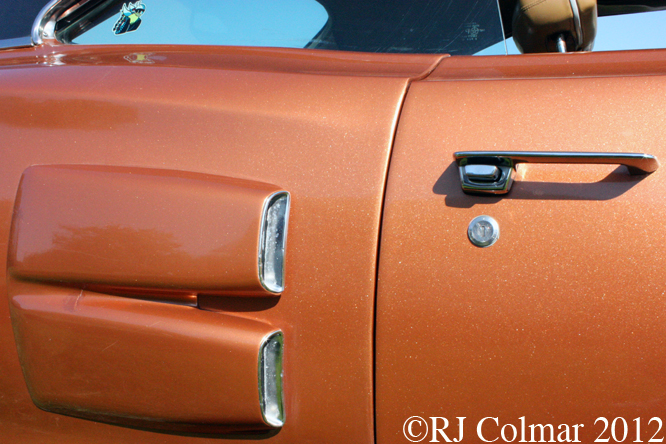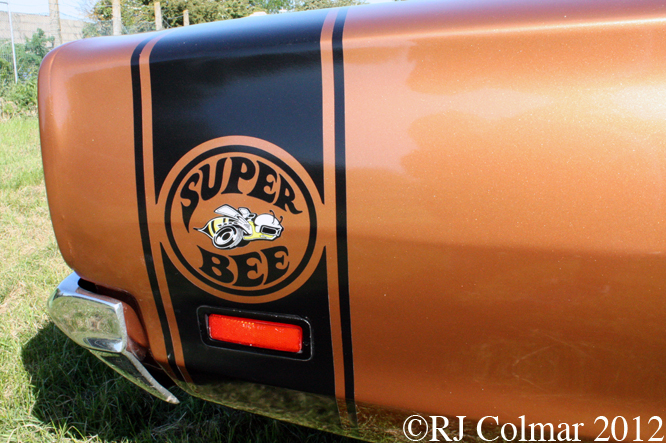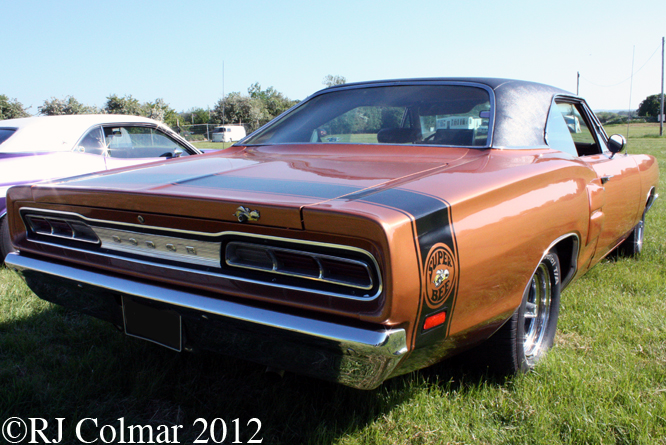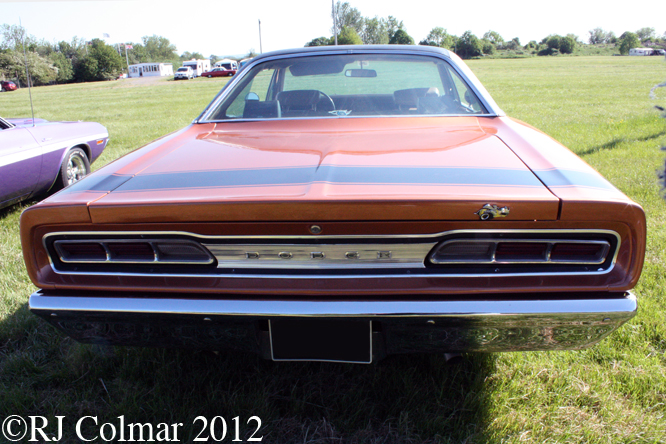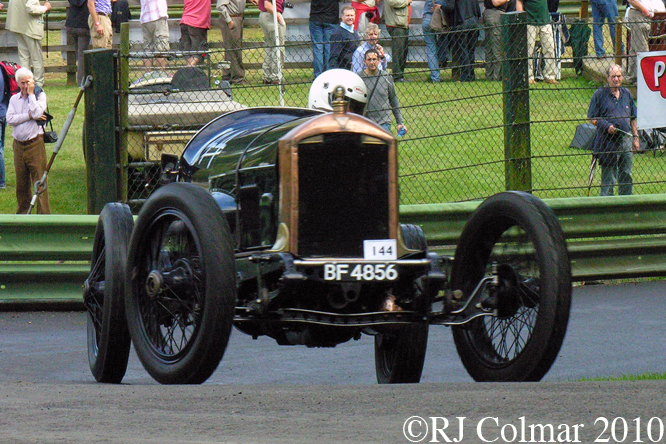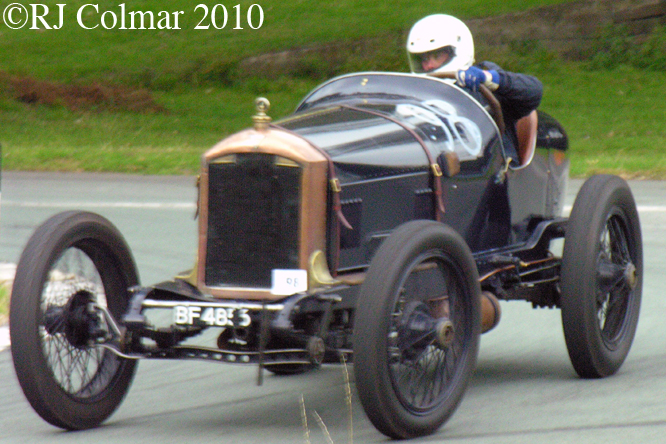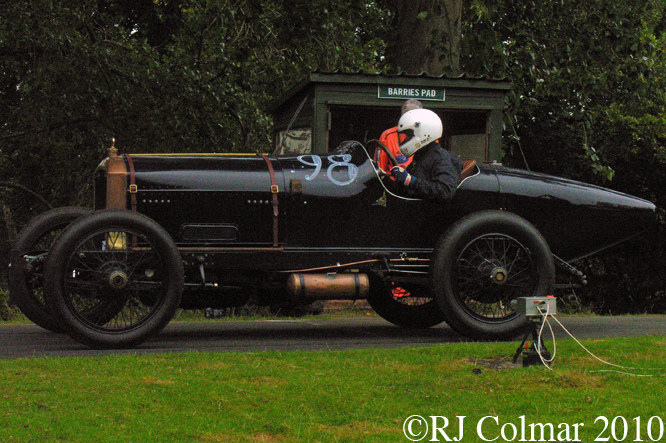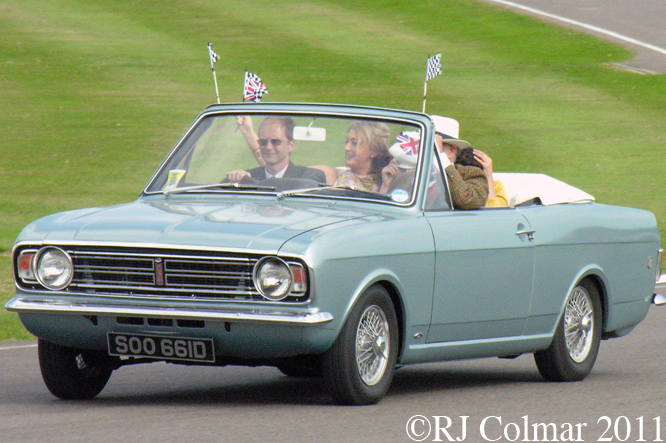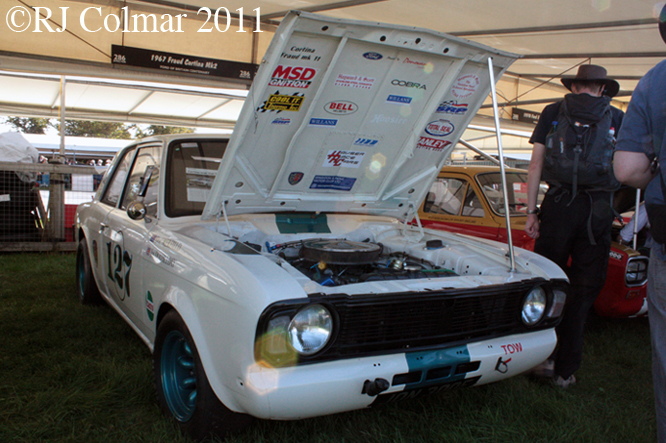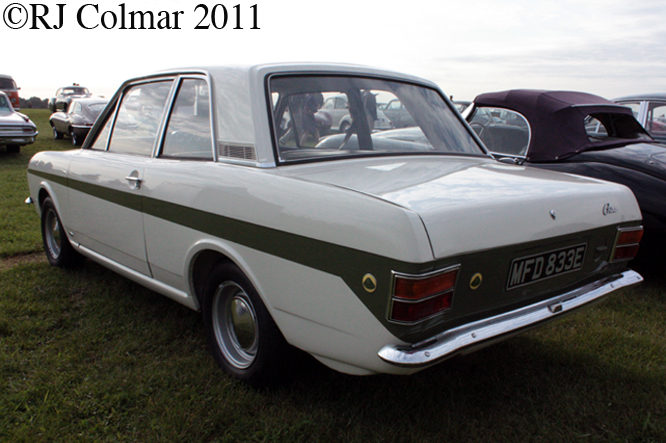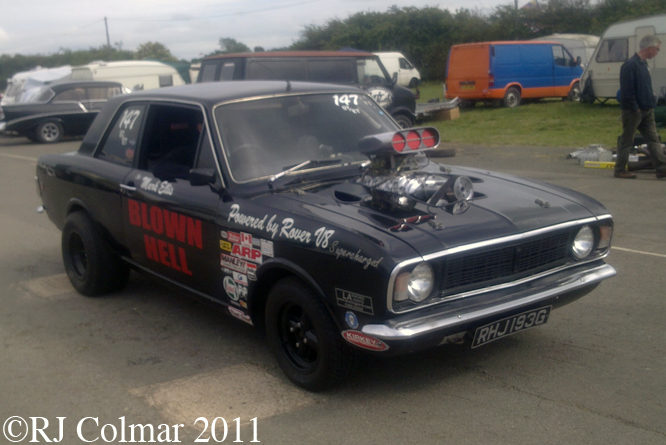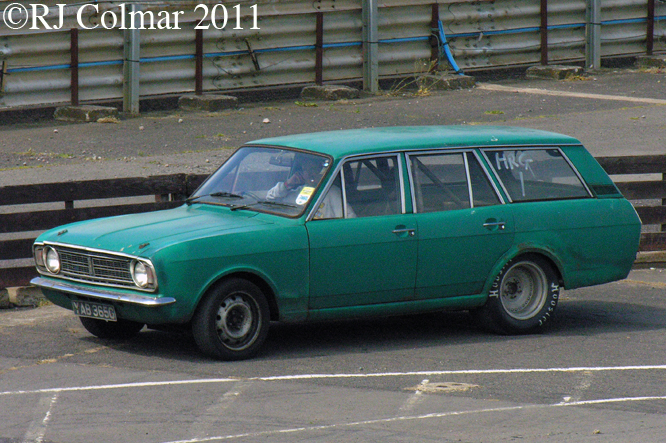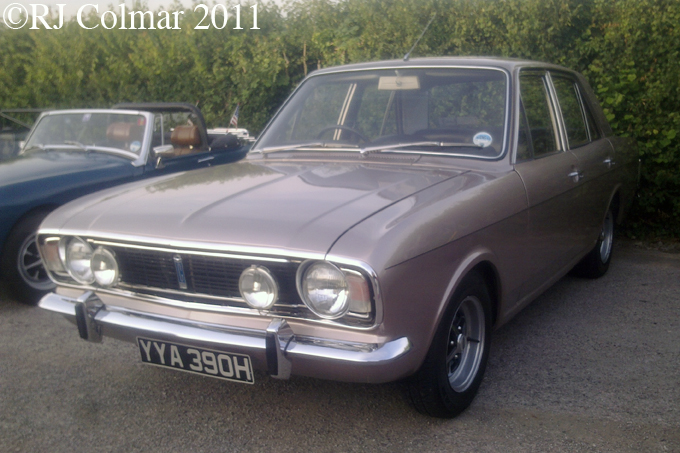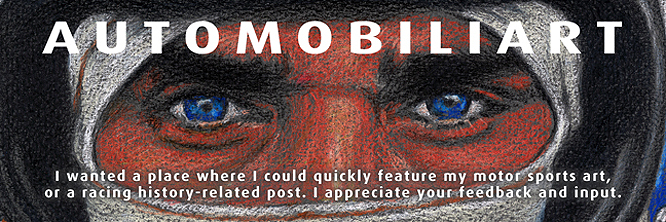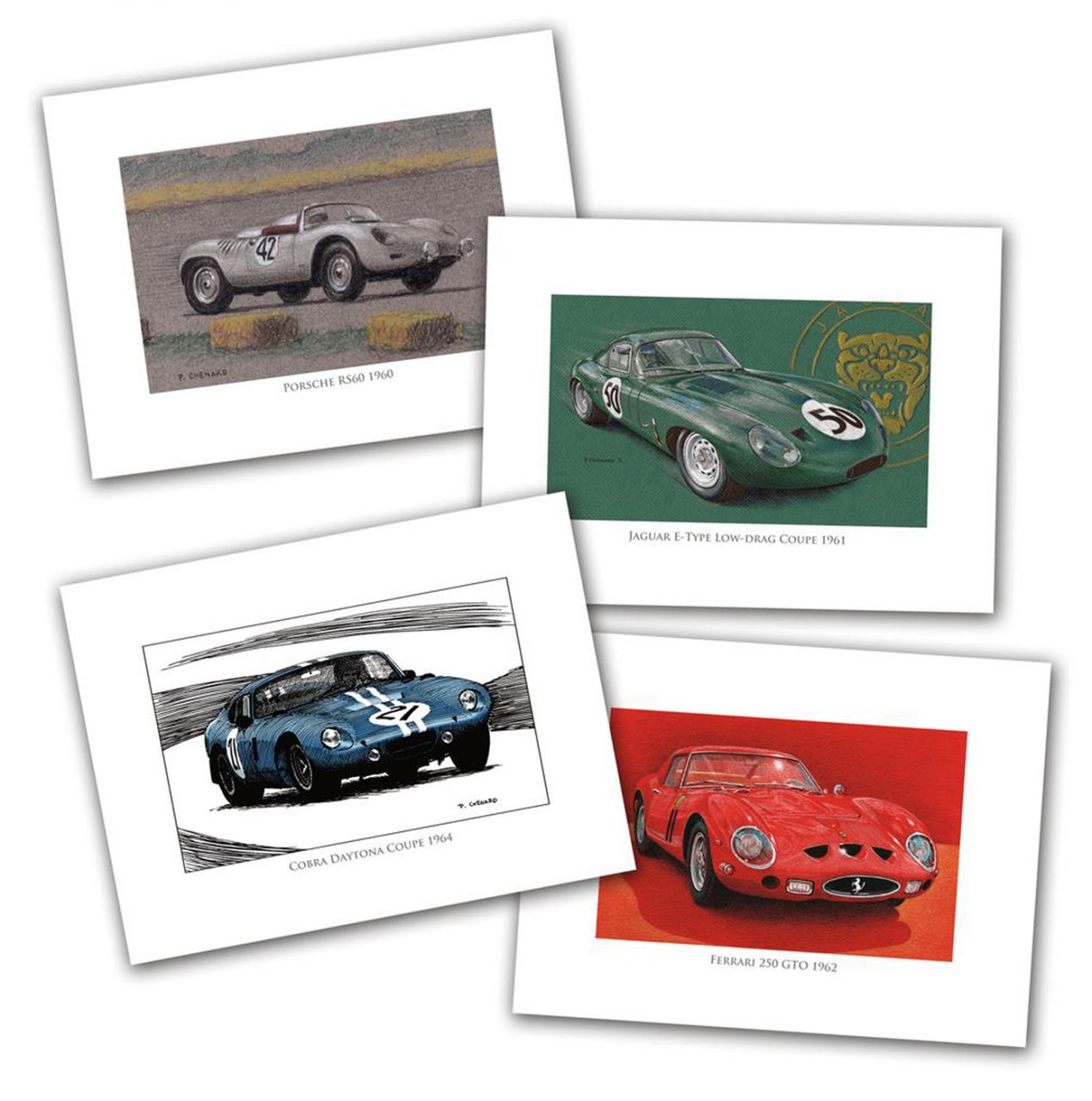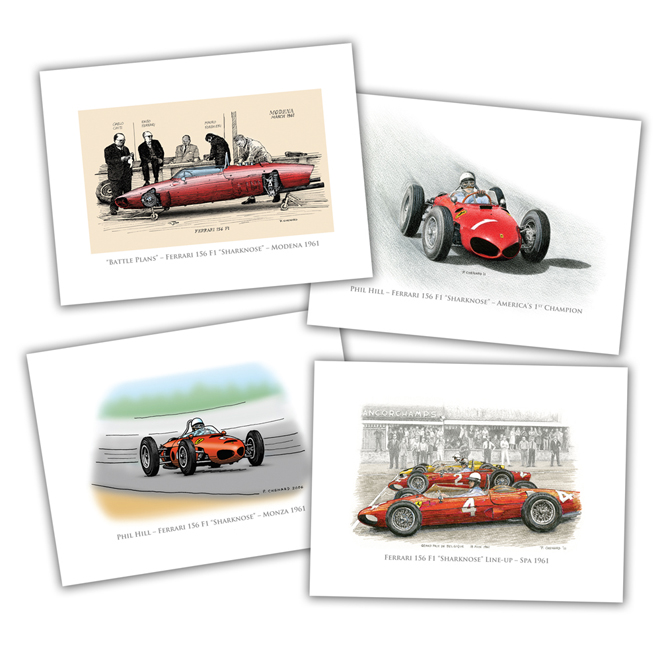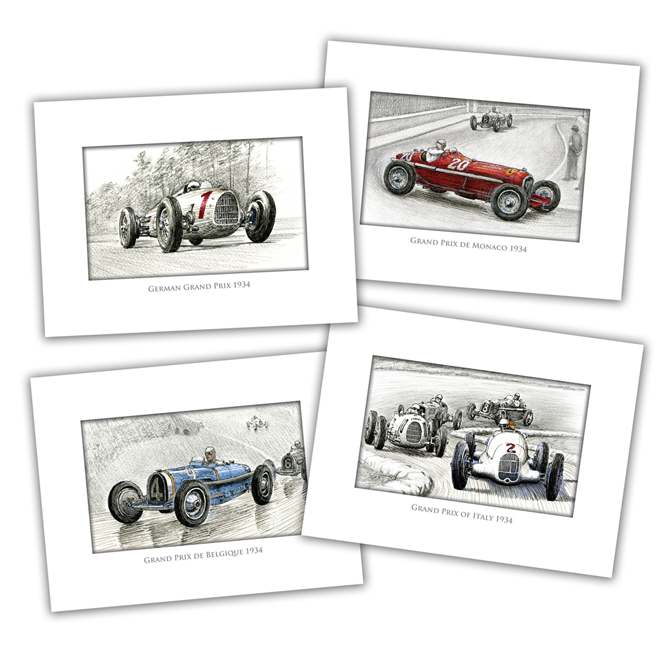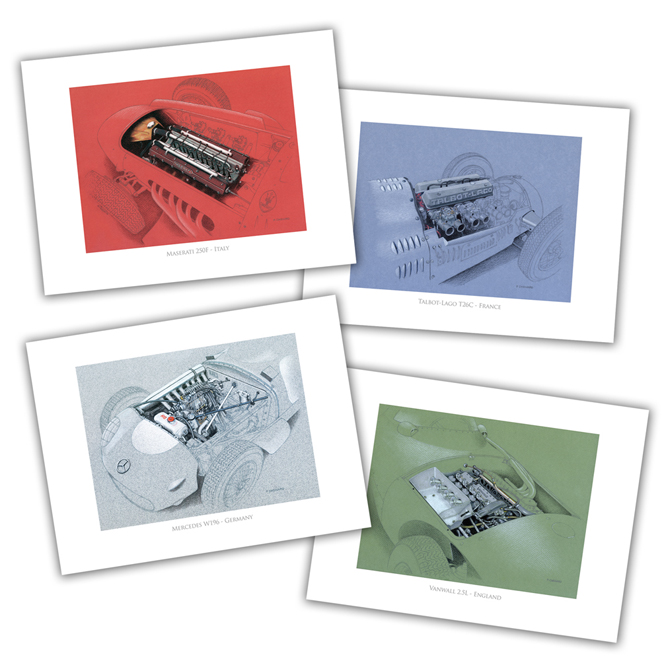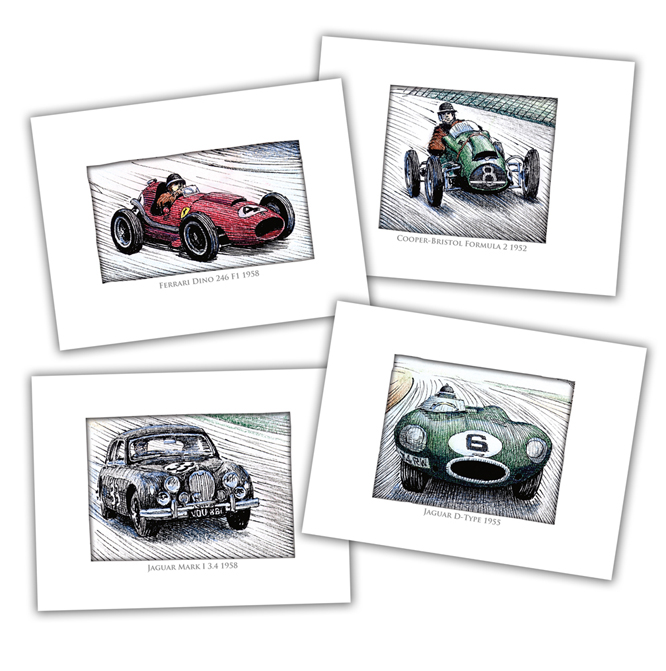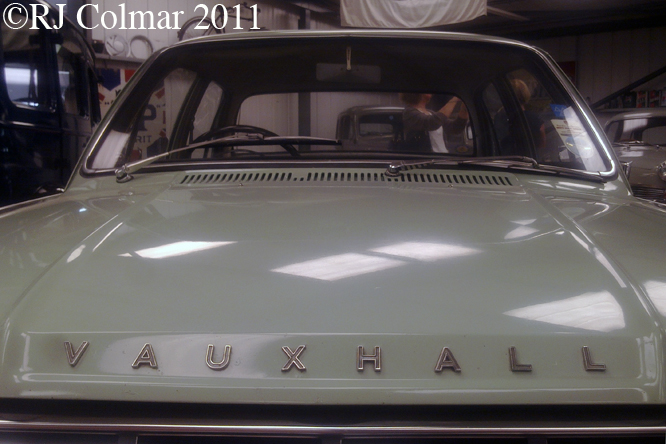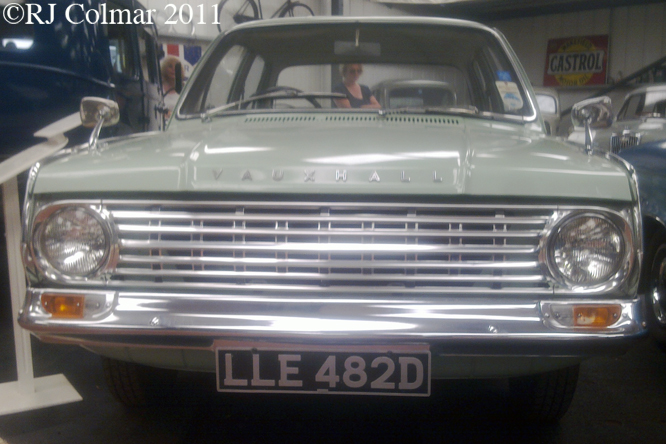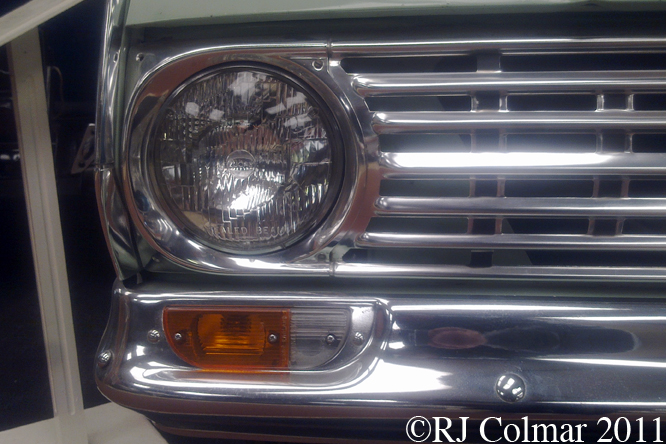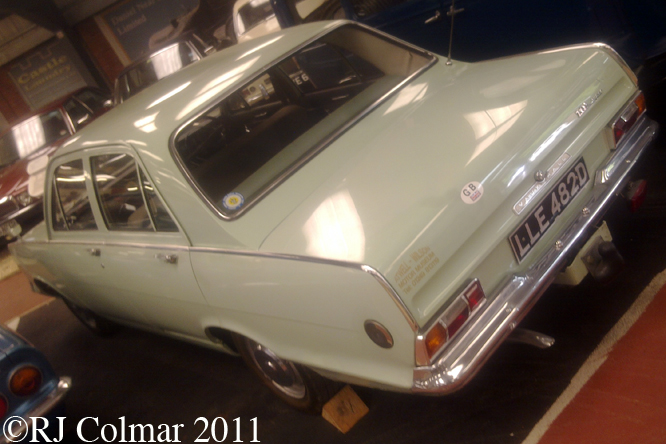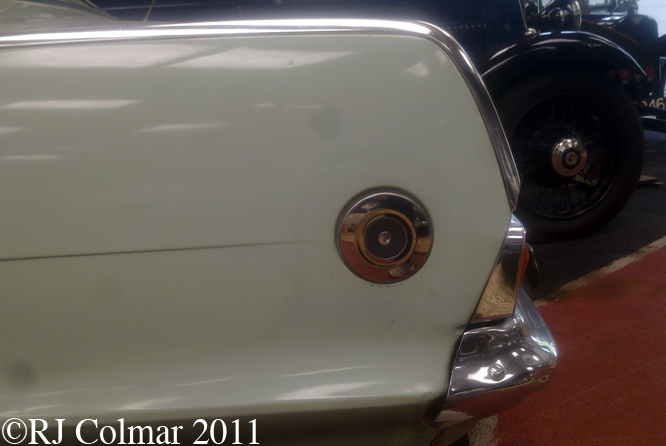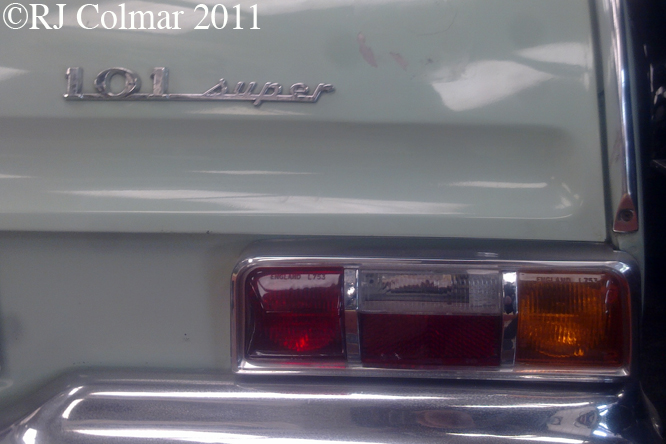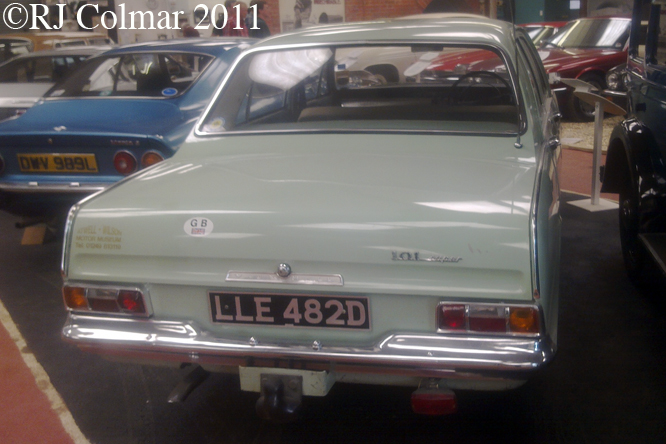The weather took a turn for the better on the third day of the Diamond Jubilee Celebrations as I headed for the Jubilee Race Day at Castle Combe.
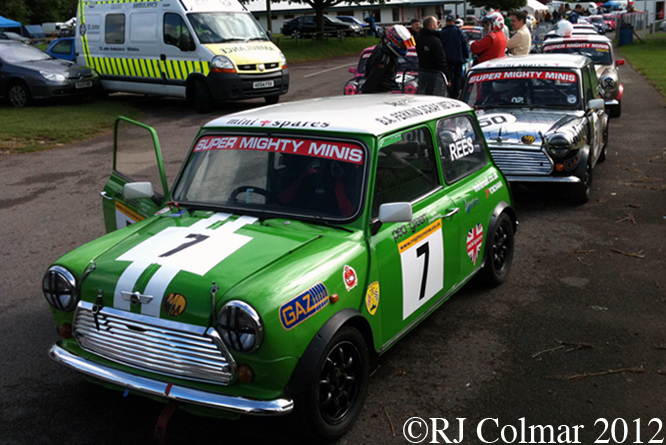
The Super Mighty Mini’s were waiting in the holding area for the days first practice session to commence so I took the opportunity to have a wonder round the paddock.
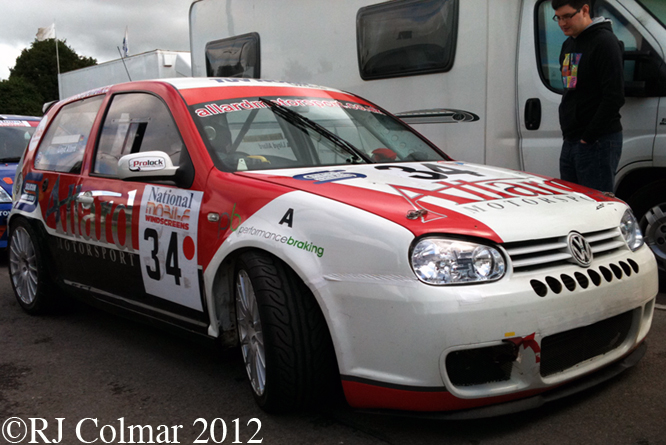
Lloyd Allards Golf TDi was already queuing up for the practice seesion before the first got underway, unfortunately Lloyd did not complete the entire 2nd practice session and ended up scratching his entry from the Castle Combe Saloon Car Championship.
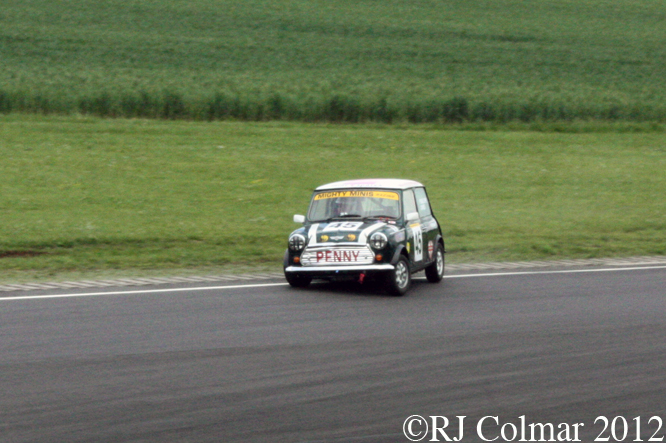
Novice entrant Penelope Jones had a highly entertaining side ways moment in the pre 1990 Mighty Mini practice session out at the Esses, she caught this slide beautifully and carried on at unabated pace to qualify 24th out of a 31. despite the rear of her car running so low that her tyres were catching on the body work.

Castle Combe VADABAR Sports & GT Championship series sponsor Douglas Watson is seen heading for scrutineering above in his V10 powered BMW E63 M6, prior to qualifying 18th, 2nd in class.
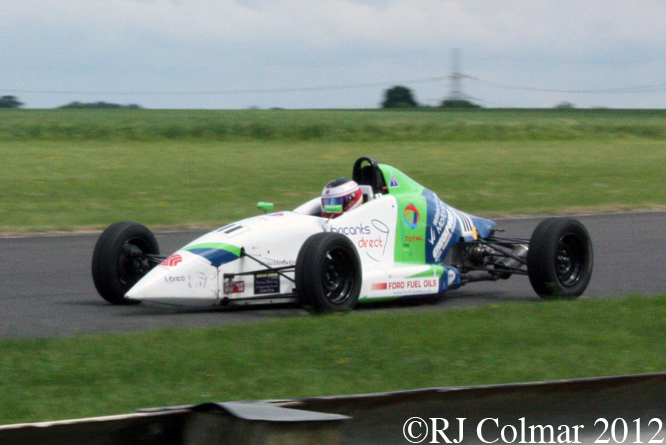
Ben Norton, driving the #111 Spectrum 10b, won pole by half a second for the Castle Combe Formula Ford 1600 Championship supported by Start Line from Roger Orgee. Before the race Orgee father reckoned that his son had not got the best from the #3 Van Diemen.
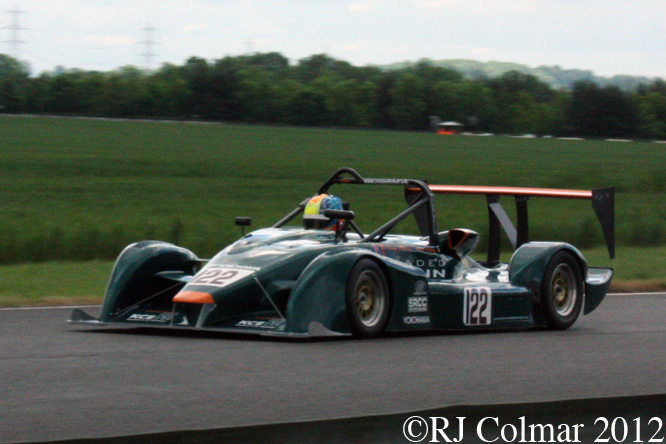
Designed in Wiltshire with the aid of a home made wind tunnel, the Loaded Gunn TS11 of Craig Mitchell managed to qualify 10th for the Open Sports and GT’s challenge before it was withdrawn from the race.
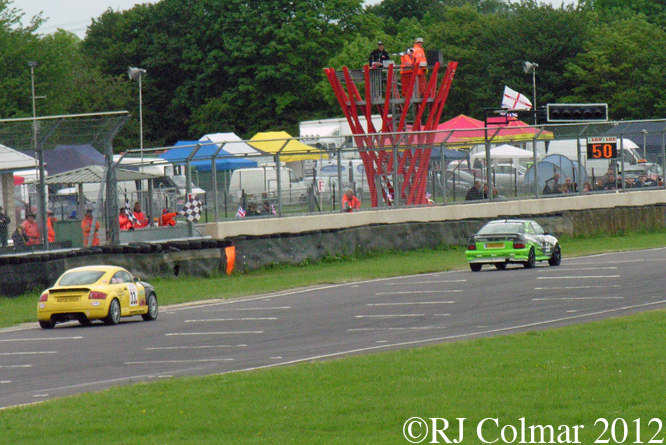
The opening race of the day was won by Adam Prebble in his Rover 220 Turbo seen taking the chequered flag ahead of Tony Hutchins in his Audi TT, William Di Claudio took class B honours in his Peugeot 106 and Charles Hyde Andrew Bird won Class C in his Ford Fiesta.
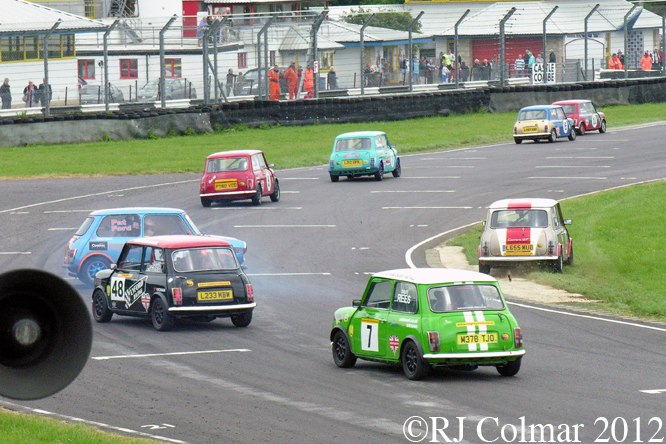
The opening lap of the first Super Mighty Mini race, seen above saw Pat Ford spin at Camp Corner in his pursuit of the leaders. The 25 minuet race was won by a contrite and apologetic Gary Patterson, ahead of Bob Bennetts and Neven Kirkpatric after leader Chris Morgan was accidentally taped into the barrier at Tower.
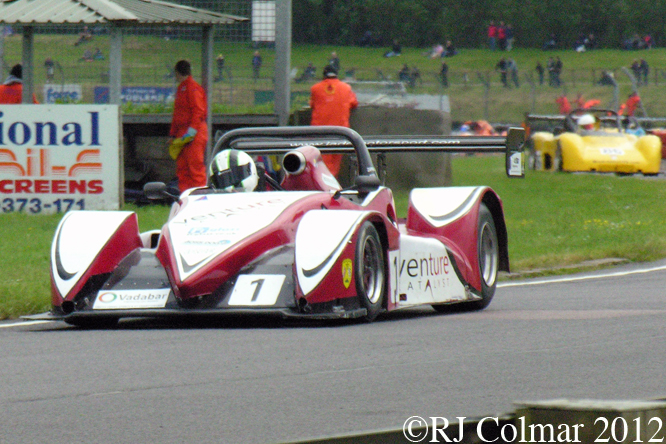
Tony Sinclair, driving the #1 Jade 3 in the special invitation class like wise took a flag to flag victory from pole in the Castle Combe VADABAR Sports & GT Championship. Last years champion Simon Tilling made a typically poor start but recovered some of his lost ground to finish 3rd behind the #86 Radical Prosport of Andrew Shanley. Gary Prebble took class C honours in his Mitsubishi Evo and heads the championship overall.
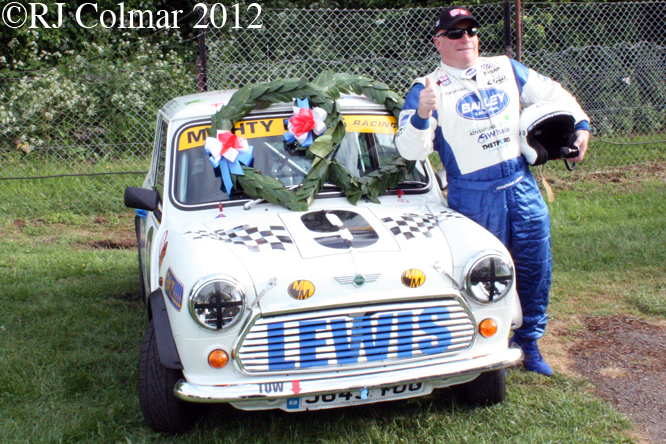
Jonathon Lewis, seen above, won both 25 minuet rounds of the Mighty Mini series. In the first race be came through from 4th on the grid to beat Chris Slade and Kevin Fletcher to claim top spot on the podium.
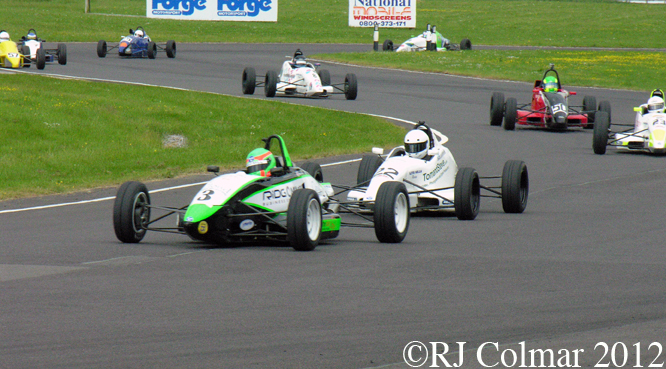
Roger Ogree in the #3 Van Diemen made good on his Dad’s assessment and snatched the lead at the start of the Castle Combe Formula Ford 1600 race while pole sitter Ben Norton dropped all the way down to 9th as seen in the photo above. However it was Steven Jensen driving the #22 Spectrum 011b who won the race after taking the lead on lap 3 while Ben Norton recovered to bag second place from Roger Ogree with two laps just to go !
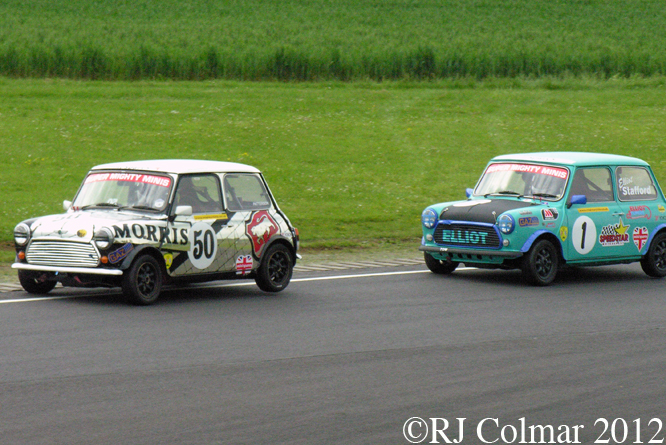
Gary Paterson again had the measure of his competitors in the second, post 1990, Super Mighty Mini encounter and is seen above pedaling the #50 ahead of the #1 of Elliot Stafford, who finished second. Chris Morgan who recorded fastest lap finished third in his repaired Mini, resplendent with tank taped n/s wing / fender, that started at the back of the 18 car field.
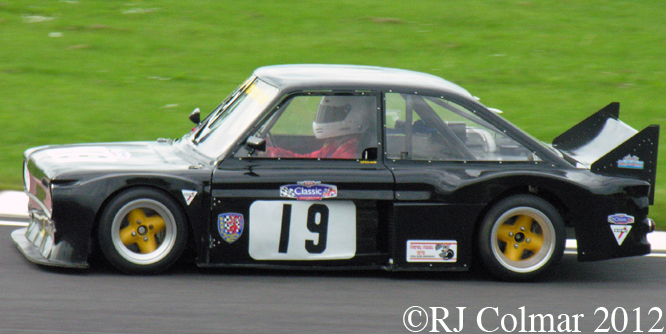
With the #122 Loaded Gun being among several non starters in the Open Sports and GT Challenge race it was left to Tony Sinclair to win his second race of the day in his Jade 3. Bob Berridge in his Chevrolet V8 powered Aquila GR1 came second ahead of Craig Flemming in the race which was interrupted by a Red Flag to clear up the mess from George Mitchells accident. Above Martin Baker is seen exercising his recently completed Hillman Imp in anticipation of a forth coming Super Saloon race, Martin finished third in class behind Stuart Dixon and Dylan Popovic.
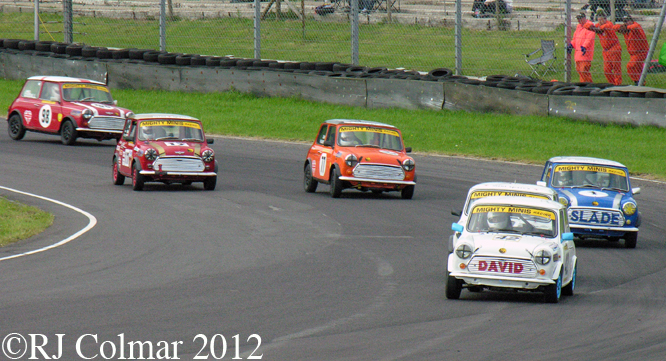
David Marcussen in the led going into Quarry Corner on the opening lap of the final Mighty Mini race of the day but it was Jonathon Lewis seen hidden behind David’s #42 that came home the winner ahead of David. There scrap for third was eventually settled in favour of the #17 driven Kevin Fletcher taking a break from his day job playing Andy Sugden in the agricultural television soap “Emmerdale”.
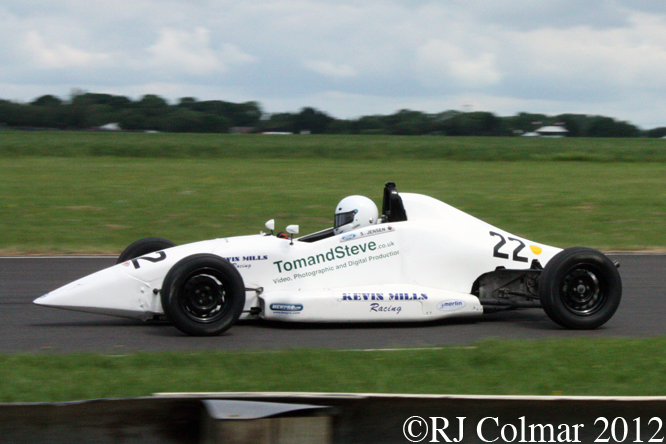
Steven Jensen won the “Driver of the Day” award for converting his third place start to a convincing victory in the Formula Ford race.
Thanks for joining me on this Jubilee Race Day edition of ‘Gettin’ a li’l psycho on tyres’ I hope you will join me again tomorrow when I’ll be looking at a Futuristic French Le Mans Index of Performance challenger. Don’t forget to come back now !

